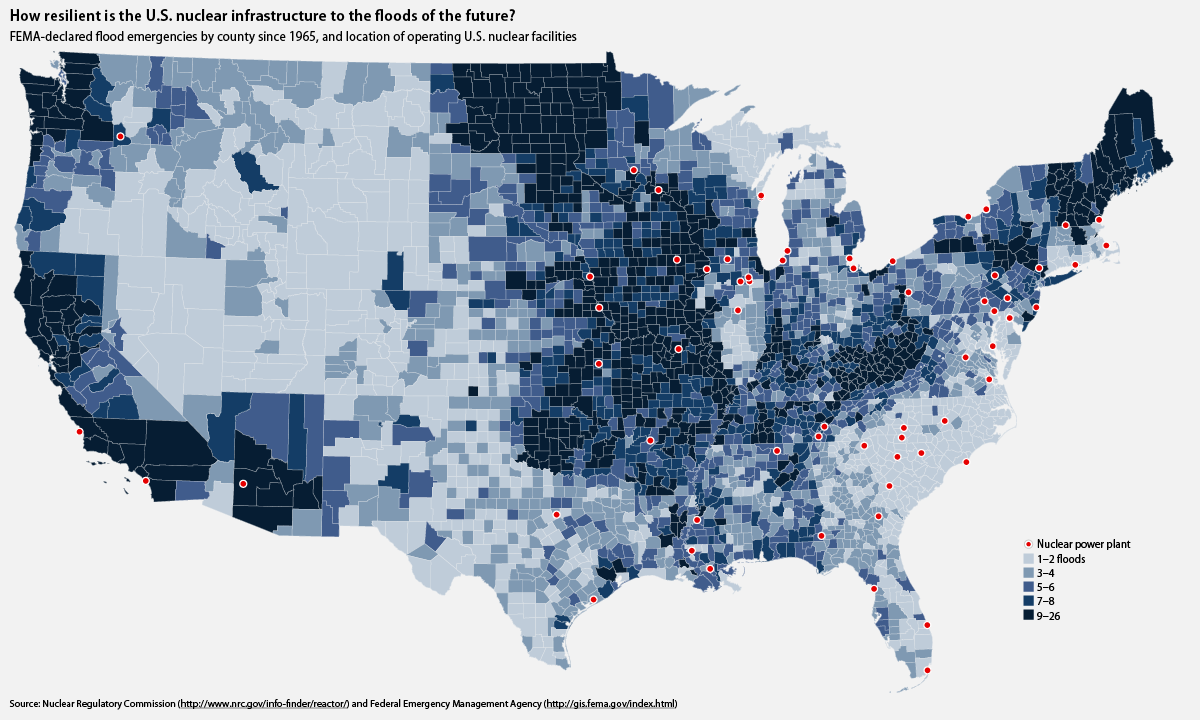
While Generation IV reactors include small modular reactors, the majority of "evolutionary" designs like the EPR have a higher capacity than comparable reactors of earlier generations. As Generation II reactors reach the end of their service life, some countries replace them with Generation III reactors or what is deemed "Generation III+ reactors". Globally, more nuclear power reactors have closed than opened in recent years but overall capacity has increased. However several countries formerly opposed to opening nuclear programs or planning phaseouts have reversed course in recent years due to climate concerns and energy independence including Belgium, the Philippines, Greece, Sweden and South Korea. Germany, Spain and Switzerland plan nuclear phase-outs by 2030. As of 2021 Japan planned on restarting 30 reactors by 2030 as well as investing in future SMR development Īs of 2016, countries including Australia, Austria, Denmark, Ireland, Italy, Estonia, Latvia, Liechtenstein, Luxembourg, Malaysia, Malta, New Zealand, Norway, Portugal and Serbia have no nuclear power stations and remain opposed to nuclear power. A recent study of the impacts of the German and Japan phaseouts concludes that by continuing to operate their nuclear plants "these two countries could have prevented 28,000 air pollution-induced deaths and 2400 MtCO2 emissions between 20.""By sharply reducing nuclear instead of coal and gas after Fukushima both countries lost the chance to prevent very large amounts of air pollution-induced deaths and CO 2 emissions". The impacts of the nuclear shut-downs on the power generation mix, post-Fukushima, have significantly set back emissions reductions goals in these countries. Shinzō Abe, the prime minister of Japan from 2012 to 2020, announced a plan to re-start some of the 54 Japanese nuclear power plants (NPPs) and to continue some NPP sites under construction.

Japan's prime minister called for a dramatic reduction in Japan's reliance on nuclear power. Switzerland and Spain have banned the construction of new reactors. Italy voted overwhelmingly to keep their country non-nuclear. However, there are no plans to shut down the research reactor in Garching, Forschungsreaktor München II. In late 2021 all but three of the remaining German nuclear power plants were shut down. Three nuclear accidents have influenced the discontinuation of nuclear power: the 1979 Three Mile Island partial nuclear meltdown in the United States, the 1986 Chernobyl disaster in the USSR (now Ukraine), and the 2011 Fukushima nuclear disaster in Japan.įollowing Fukushima, Germany has permanently shut down eight of its 17 reactors and pledged to close the rest by the end of 2022. Often initiated because of concerns about nuclear power, phase-outs usually include shutting down nuclear power plants and looking towards fossil fuels and renewable energy. Ī nuclear power phase-out is the discontinuation of usage of nuclear power for energy production. Still, the Fukushima accident in particular was a public relations disaster for the nuclear power movement and led governments around the world to curtail their nuclear programs.Eight German nuclear power reactors (sBiblis A and B, Brunsbüttel, Isar 1, Krümmel, Neckarwestheim 1, Philippsburg 1 and Unterweser) were permanently shut down on 6 August 2011, following the Japanese Fukushima nuclear disaster. A 2020 United Nations report found that there have been no adverse health effects among local residents in the decade since the meltdown. A 2016 World Health Organization report said the workers who were most exposed to radiation have an increased cancer risk, but that the risk to the population surrounding the plant is small. In 2011, an earthquake and tsunami led to a meltdown at the Fukushima Daiichi plant in Japan - the meltdown resulted in one radiation-related death, the Japanese government announced in 2018. No one at the plant was killed, and scientific studies in the decades since have been unable to find any long-term health impacts.

In 1979, an equipment malfunction caused a partial meltdown at Three Mile Island in Pennsylvania. For now, waste is stored at nuclear plants across the country, which experts say will work for another 100 years or so.Īnd then, of course, there's the possibility of a reactor melting down. The federal government had planned to create a permanent site to store all the waste in Yucca Mountain, Nevada, but political maneuvering derailed the plan. It often indicates a user profile.īut the fact remains that the waste is highly radioactive. Account icon An icon in the shape of a person's head and shoulders.


 0 kommentar(er)
0 kommentar(er)
